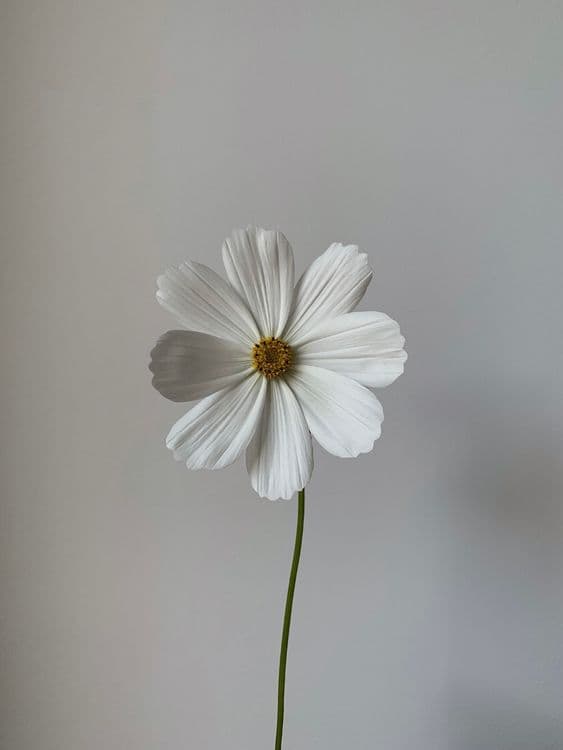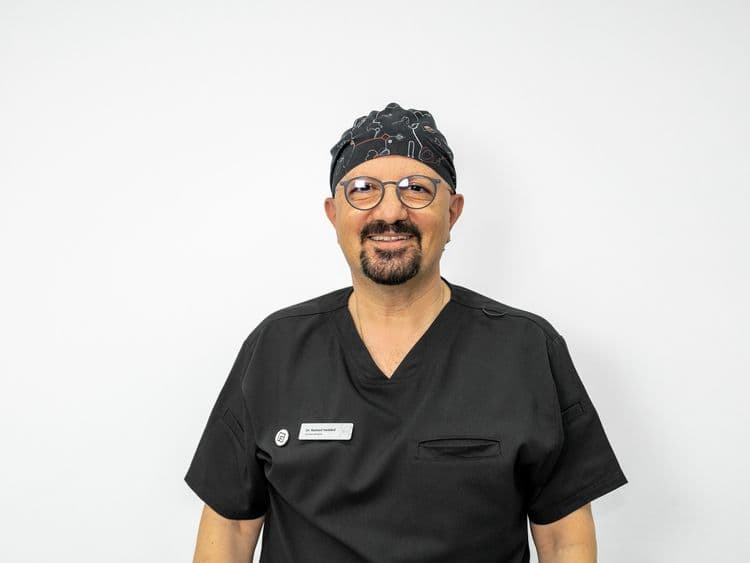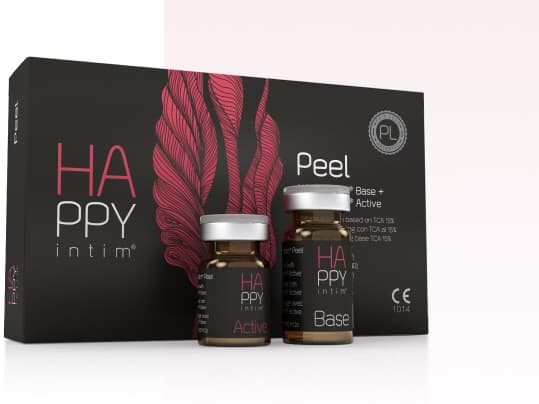Intimate Area
Bleaching by Chemical Peels

Intimate Area Bleaching by Chemical Peels targets dark patches on the bikini line, groin, perineal and vulvar region with gentle, medical-grade exfoliants. The peel is applied in a controlled way to lift surface pigment and slow new pigment formation. There is no heat or devices involved, which makes it a straightforward option for delicate skin. Sessions are quick, and downtime is usually mild—think slight redness and light flaking for a few days. We tailor strength and formula to your skin tone and goals, including focused options like Vulvar Bleaching by Chemical Peels. The aim is an even, brighter look that builds steadily over a short course of treatments.
Even tone with little downtime and no devices
Targeted pigment lightening
A pH‑controlled acid blend focuses on melanin‑rich spots to brighten dark patches while keeping surrounding skin comfortable.
Short appointments
Most visits take 20–30 minutes, easy to fit into a lunch break.
Low discomfort
You may feel mild warmth or tingling during application; numbing is rarely needed.
Non‑invasive care
No needles or energy devices—just controlled exfoliation and pigment control.
Buildable, longer‑lasting results
Changes add up over 3–6 sessions and maintain well with simple home care.
Visible improvement sooner
Many clients notice a brighter look within 2–4 weeks of the first peel.

Controlled exfoliation reduces melanin without heat
This treatment uses a bespoke blend of superficial chemical peeling agents—commonly lactic, mandelic, phytic, and azelaic acids, with pigment modulators such as kojic or tranexamic acid—to address unwanted darkening. At a low, carefully chosen pH, these acids loosen the bonds between dull, pigment‑loaded surface cells (corneocytes), speeding their shedding. At the same time, ingredients like kojic and tranexamic acid help down‑regulate tyrosinase activity and melanin transfer, so fewer new pigment granules reach the upper layers. Your practitioner preps the skin, applies the peel in thin layers, times the contact precisely, then neutralises or removes it. A soothing barrier product is applied to reduce friction and support recovery. Strength, contact time, and layering are adjusted to your skin tone and history to limit irritation and reduce the chance of post‑inflammatory darkening. We also offer a focused option—Vulvar Bleaching by Chemical Peels—using formulas and techniques designed for that sensitive sub‑area.Contraindications
Please tell us about your health, medications, and any skin reactions you have had before treatment. We may postpone or adapt the plan if any of the following apply:
- Pregnancy or breastfeeding (peels may be deferred unless cleared by your clinician).
- Active irritation, dermatitis, fungal or bacterial infection, or a herpes outbreak in the treatment area.
- Open cuts, recent waxing/epilation, or shaving within the last 24–48 hours in the area to be treated.
- Use of oral isotretinoin within the past 6–12 months, or topical retinoids/acid exfoliants within the last 5–7 days.
- Known allergy or sensitivity to peel components (e.g., lactic, mandelic, salicylic, kojic, or azelaic acids).
- History of keloids or hypertrophic scarring.
- Recent sunburn or active tanning of the bikini line area.
- Chronic skin conditions in the area (eczema, psoriasis, lichen sclerosus) unless reviewed and cleared by a clinician.

Steady results in 3–6 sessions with simple aftercare
Most people need 3–6 sessions, spaced 2–4 weeks apart, to reach a clearly brighter and more even tone; very stubborn areas may need a few extra visits. A single appointment usually takes 20–30 minutes, including prep and aftercare. Results tend to hold well with a light maintenance session every 2–3 months or as advised. Before your peel: avoid waxing, epilation, or shaving in the area for 24–48 hours; pause retinoids, scrubs, and acid toners for 5–7 days; avoid tight clothing that may rub; arrive with clean, product‑free skin. If you have a history of post‑inflammatory darkening, let us know—we may start gentler, shorten contact time, and support with pigment‑balancing home care (for example, azelaic acid, niacinamide, and sunscreen on any exposed bikini‑line skin). After your peel: expect mild redness or warmth for a few hours and light flaking for 2–7 days. Keep the area clean and dry for the first day, moisturise with a bland barrier cream, and avoid rubbing, tight clothing, intense workouts, cycling, hot baths/saunas, or swimming for 24–48 hours. Do not pick or scrub any flaking. Resume gentle actives only when peeling has stopped. If the bikini line could be exposed, use SPF 30–50 once the skin is calm. For an even better outcome, some clients combine this peel plan with related options such as: Soprano Titanium Laser Hair Removal (bikini line), Intimate Area Mesotherapy for Brightening, Q‑Switched Laser Toning for Pigmentation, LED Phototherapy (red/near‑infrared) to calm irritation, and Enzyme Peels for very sensitive skin.What goes well with Intimate Area Bleaching by Chemical Peels?
- Soprano All Season Laser Hair RemovalReducing hair in the bikini area lowers friction and shaving irritation that trigger darkening. Less hair also means less shadow, so lightening looks more even. Do laser a week or two before your peel and keep sessions regular for longer‑lasting tone.
- Intimate Area Dryness TreatmentDeep hydration and barrier repair calm the area after a peel. It decreases dryness and micro‑flaking, helping pigment settle evenly. Start 3–5 days post‑peel or when the skin feels tight.
- LED TherapyRed and near‑infrared LED ease redness and support faster recovery. It helps reduce the chance of post‑inflammatory darkening, keeping the lightened tone more uniform. Short sessions fit well between peel visits.
- Private Area Rejuvenation by RadiofrequencyGentle radiofrequency firms the skin around the bikini line, which reduces rubbing and future dark spots. Smoother, tighter skin also makes tone look more even. Schedule it at least a week apart from peel days.
- Specialist Dermatologist Consultation with 3D Skin TestGet a clear plan for causes of darkening like friction or grooming habits, and choose the right peel strength and spacing. Professional guidance lowers irritation risk and helps results last.
Our Doctors
Loading place details...

